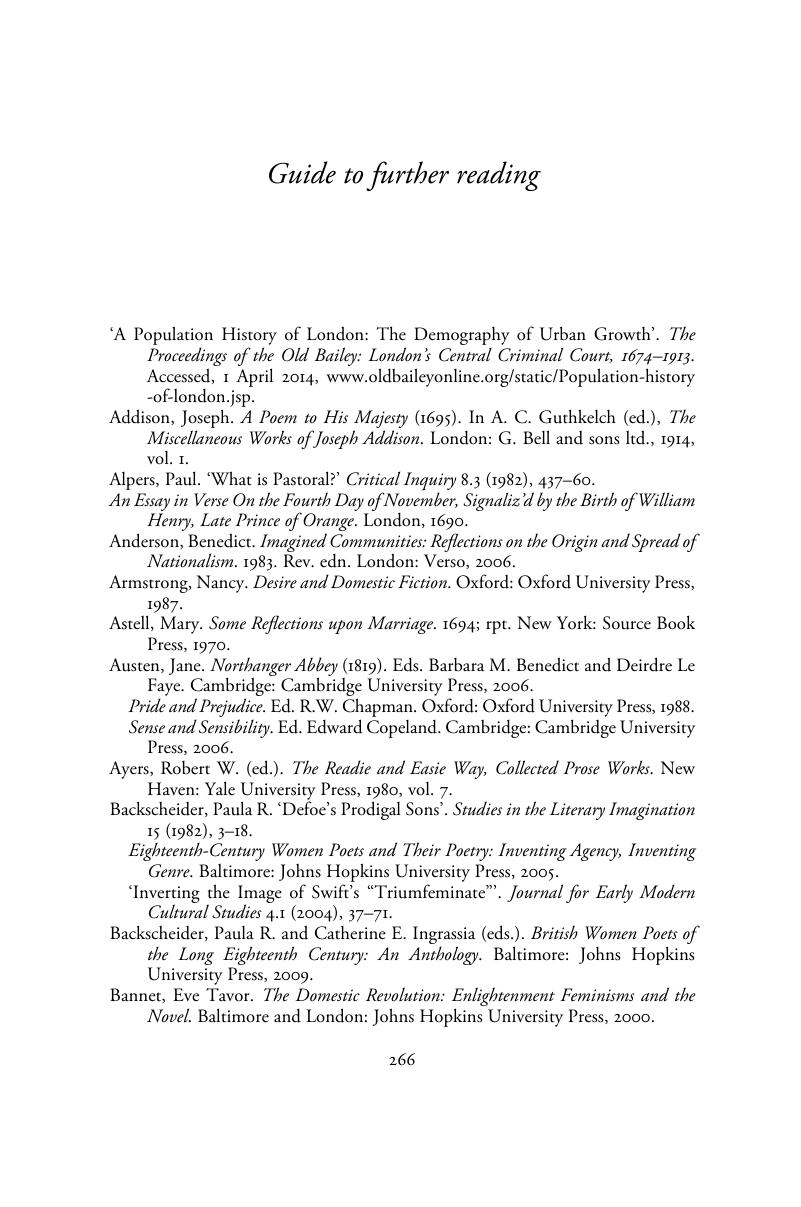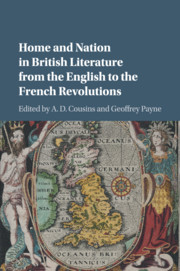Book contents
- Home and Nation in British Literature from the English to the French Revolutions
- Home and Nation in British Literature from the English to the French Revolutions
- Copyright page
- Contents
- Notes on the contributors
- Book part
- 1 Introduction
- Part I The English Revolution and the interregnum
- Part II Restoration, glorious revolution, and Hanoverian succession
- Part III Revolution in France, reaction in Britain
- Guide to further reading
- Index
- References
Guide to further reading
Published online by Cambridge University Press: 05 November 2015
- Home and Nation in British Literature from the English to the French Revolutions
- Home and Nation in British Literature from the English to the French Revolutions
- Copyright page
- Contents
- Notes on the contributors
- Book part
- 1 Introduction
- Part I The English Revolution and the interregnum
- Part II Restoration, glorious revolution, and Hanoverian succession
- Part III Revolution in France, reaction in Britain
- Guide to further reading
- Index
- References
Summary

- Type
- Chapter
- Information
- Publisher: Cambridge University PressPrint publication year: 2015



